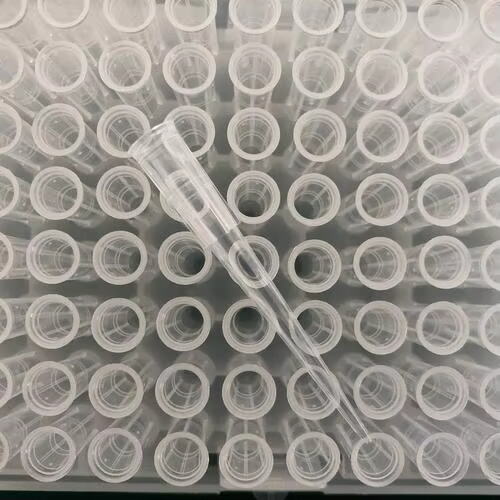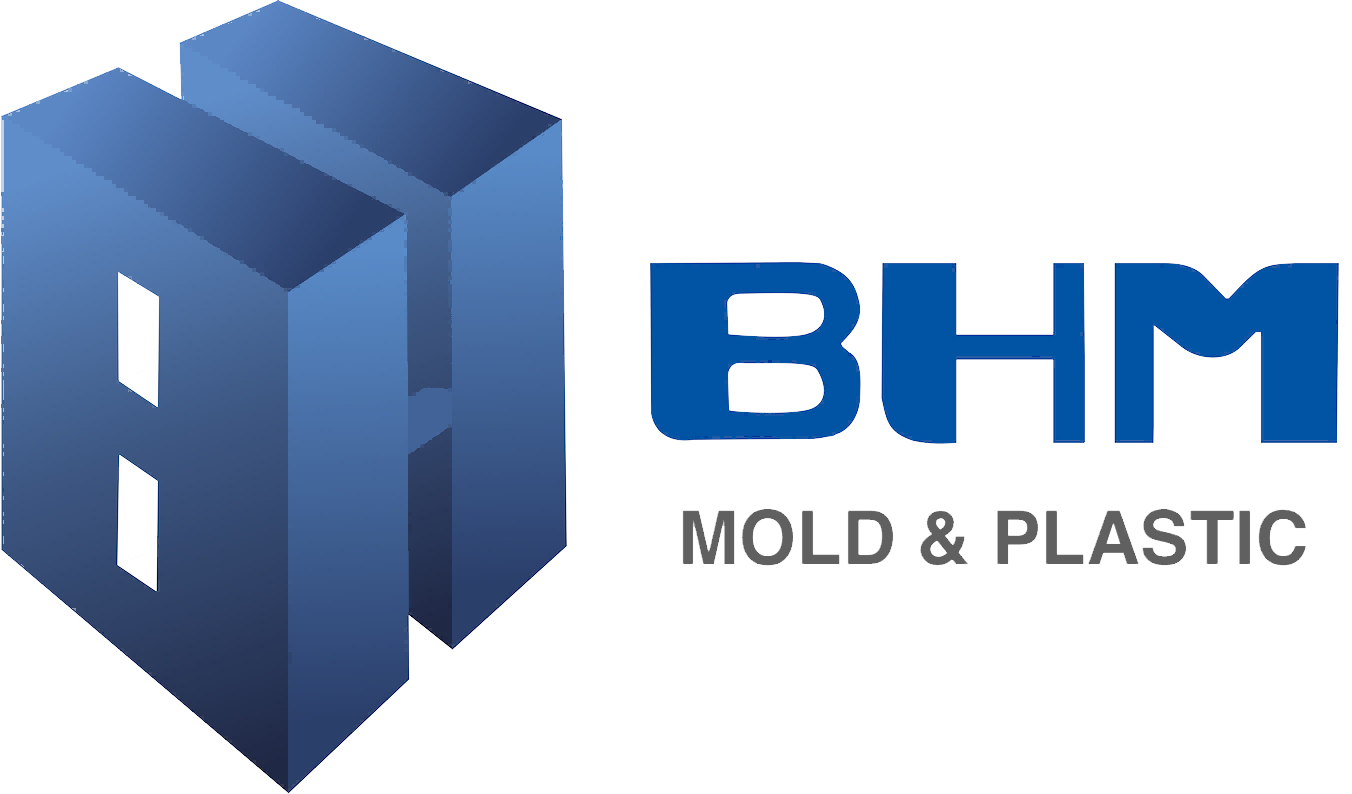Importance of Quality Control in Injection Molding
Role in Product Consistency
In the world of injection molding, quality control is absolutely essential for keeping products consistent across batches. When parts consistently meet those set standards, customers get reliable results time after time, which builds confidence in what they're buying from us. Manufacturers who put strict quality checks in place tend to see fewer defects showing up on their production lines. This means less downtime fixing problems later on and smoother day-to-day operations. Industry reports show that shops with good QC systems running can knock their defect rates down to around half a percent or better in most cases. And when defect rates drop like that, it doesn't just save money in the short term either. Over time, these improvements translate into stronger market presence and customer loyalty because people know they can count on consistent quality from our products.
Impact on Manufacturing Costs
Good quality control during injection molding does more than just make better products it actually cuts down on manufacturing expenses too. When companies implement strict quality controls, they end up wasting less material and spending fewer hours fixing defective parts. Money saved here gets redirected into other areas of production where it matters most. Let's face it, non conforming products cost businesses big time sometimes eating up between 20% to 30% of what they spend running operations. Sure, buying advanced quality inspection equipment might look expensive at first glance, but think about all those raw materials not going to waste and machines running smoothly without constant breakdowns. For plastic part makers especially, smart investments in quality assurance pay off handsomely over time, helping them save money while keeping their production lines humming along efficiently day after day.
Monitoring Key Injection Molding Process Parameters
Temperature and Pressure Control
In injection molding, temperature and pressure play really important roles because they affect how good the final parts turn out. Getting these right helps avoid problems such as warped shapes or parts that shrink after cooling down, both of which mess up the whole product. These days there are better ways to keep an eye on things through advanced monitoring equipment that lets operators see what's happening moment by moment. Quick fixes become possible when something starts going wrong during production runs. Some studies show just how sensitive materials actually are to changes in heat levels. A difference of only one degree Celsius can lead to noticeable differences in how strong or flexible the finished item becomes. That's why so many factories now rely heavily on real time data from their machines combined with newer tech solutions to get better results without wasting resources or time.
Material Flow and Cooling Rates
Getting control over how materials flow during manufacturing plays a big role in keeping parts consistent in thickness and hitting those important dimensional specs. When there's too much variation in the flow, things start going wrong real fast - think incomplete mold filling which messes up the whole product quality picture. Cooling down properly matters just as much when it comes to cutting down on cycle times and avoiding problems like thermal contraction or stress cracks forming later on. Manufacturers who get their cooling processes right often see production times drop around 25 percent, which makes a huge difference when trying to keep up with demand. Companies that focus on getting both material flow and cooling rates sorted out tend to produce better quality parts while running their injection molding operations more efficiently overall.
Establishing Regular Inspection Protocols
Mold and Equipment Checks
Keeping an eye on molds and equipment through regular inspections really matters when it comes to making sure the injection molding process lasts longer and runs smoothly. When manufacturers check their tools before problems happen, they stop those surprise breakdowns that bring everything to a grinding halt. A good maintenance schedule does double duty it extends how long machines last and cuts down on quality problems caused by worn out parts. According to some research in the field, companies that stick to routine checks see about 30% less downtime. That means real money saved and better productivity across the board for most operations.
Post-Production Quality Audits
Post production audits help spot where things need fixing and make sure products actually hit those quality standards we all talk about. They dig deeper than what shows up in normal daily checks. Regular inspections often miss small problems here and there, but quality audits look at everything from top to bottom across the whole manufacturing line. Industry numbers tell us something interesting too companies that run these audits after production stop around 7 out of 10 possible defects before they ever get shipped out. That means fewer complaints, better customer satisfaction, and ultimately protects how people see our brand in the market place. Quality control just works better when we take this extra step.
Statistical Process Control (SPC) Implementation
Data-Driven Process Optimization
Statistical Process Control, or SPC as it's commonly called, is really important for getting the most out of injection molding operations. When manufacturers look at their production data through statistical lenses, they get valuable insights that help them tweak processes for better results. Take mold variations for example something that plagues many production lines. With SPC tools, plant managers spot these issues early before they turn into full blown quality problems. The impact isn't just theoretical either. Plants that have adopted proper SPC systems often see defect rates drop by over half in just a few months. This means fewer rejected parts, less waste, and ultimately higher customer satisfaction with the finished products coming off those molding machines.
Real-Time Monitoring Systems
Real time monitoring systems have changed the game for manufacturers trying to keep tabs on injection molding processes. With these systems, they can watch what's happening continuously and fix problems right away when something goes wrong. The technology tracks important stuff like pressure levels, temperatures throughout the mold, and how long each cycle takes. This gives plant managers valuable information for predicting when equipment might fail before it actually breaks down, saving money on unexpected repairs. Companies that started using this kind of monitoring saw their production efficiency jump around 20%, mostly because issues get addressed so much faster than with traditional methods. When factories install real time monitoring solutions, they stay ahead of potential problems most of the time, which means fewer defects and products that meet specifications consistently across batches.
Advanced Testing Techniques for Defect Detection
Non-Destructive Evaluation Methods
Non-destructive evaluation (NDE) plays a vital role in injection molding for finding defects without harming the actual product. Methods such as ultrasonic testing and X-ray inspection help spot internal flaws like air pockets or micro-cracks that remain invisible to the naked eye during regular quality checks. Industry studies indicate that using NDE techniques improves defect spotting capabilities by around 40 percent, which means fewer substandard items reach end users. When manufacturers build these testing approaches into their production lines, they cut down on material waste substantially while making products more dependable over time. This not only saves money but also builds trust with customers who expect consistent quality from what they purchase, helping maintain strong brand loyalty in competitive markets.
Precision Measurement Tools
Getting accurate measurements matters a lot when checking if molded parts actually fit within their required dimensions and tolerance ranges. High precision instruments like digital calipers or laser scanning equipment play a big role here, especially after production when final checks happen on the factory floor. Some real world data suggests that better measuring tech cuts down on dimensional issues by around 30 percent or so, making a noticeable difference in how good finished products turn out. Manufacturers who invest in these measurement solutions tend to see fewer rejects and consistent quality across batches, something that keeps customers happy while saving money on waste over time.

Workforce Training for Quality Assurance
Quality Control Certification Programs
Getting employees certified in quality control isn't just good practice it's pretty much necessary if a company wants to build real quality into its operations. When workers go through proper certification training, they actually learn the ins and outs of current quality protocols and gain the confidence to spot problems before they become major headaches. Staff who've been properly trained know how to catch defects at earlier stages of production, keeping product quality consistently high across batches. The numbers back this up too many businesses report significant drops in error rates once their teams have quality control certifications under their belts. And those reductions in mistakes don't just look good on paper they translate directly into money saved, happier customers getting what they paid for, and better positioning against competitors who might still be cutting corners.
Cross-Functional Team Collaboration
Getting different departments to work together tends to create a more complete picture when it comes to ensuring quality throughout the organization. Cross functional teams naturally bring their own experiences and knowledge to the table, which often leads to better results than what any single department could achieve alone. Looking at problems from several angles helps these groups come up with creative fixes that might otherwise get overlooked. Research indicates companies that foster this kind of teamwork typically boost their quality improvement efforts by about 25 percent over businesses where departments remain isolated. The benefits go beyond just better product quality too. Teams that collaborate regularly tend to build stronger relationships across the company, creating an atmosphere where everyone adapts faster to whatever changes come their way.
FAQ Section
What is the importance of quality control in injection molding?
Quality control ensures product consistency and reduces defects, enhancing customer satisfaction and brand reputation.
How does quality control impact manufacturing costs?
It reduces waste and rework, leading to cost savings and increased operational efficiency over the long term.
Which parameters are crucial in monitoring injection molding processes?
Temperature and pressure, material flow, and cooling rates are vital for maintaining product quality.
Why are regular inspection protocols important?
They ensure equipment efficiency and longevity, minimizing downtime and production halts.
How does Statistical Process Control (SPC) benefit injection molding?
SPC helps in optimizing processes by analyzing data to reduce defect rates and improve product quality.
What advanced techniques are used for defect detection?
Non-destructive evaluation methods and precision measurement tools assist in identifying and reducing defects.
Table of Contents
- Importance of Quality Control in Injection Molding
- Monitoring Key Injection Molding Process Parameters
- Establishing Regular Inspection Protocols
- Statistical Process Control (SPC) Implementation
- Advanced Testing Techniques for Defect Detection
- Workforce Training for Quality Assurance
-
FAQ Section
- What is the importance of quality control in injection molding?
- How does quality control impact manufacturing costs?
- Which parameters are crucial in monitoring injection molding processes?
- Why are regular inspection protocols important?
- How does Statistical Process Control (SPC) benefit injection molding?
- What advanced techniques are used for defect detection?

